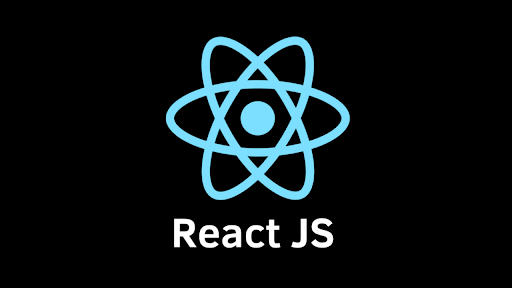Introduction
React JS, which is developed by Facebook, is a popular JavaScript library. This library is used for building user interfaces well-suited for single-page applications and interactive UIs. Known for its speed, simplicity, and scalability, React has become a go-to tool for developers aiming to create dynamic and high-performing web applications. Its unique features, including a component-based architecture and Virtual DOM, streamline the development process by enhancing code modularity and boosting application efficiency. Additionally, React’s use of JSX, one-way data binding, and React Hooks provides a seamless way to manage application state and functionality, making it an essential choice for modern web development. Refer to the React JS Full Course to learn more about this library.
Most Important Features Of React JS
As mentioned above, React JS is a powerful JavaScript library. This library is used for building high-end user interfaces for single-page applications. Developed by Facebook, it emphasizes speed, simplicity, and scalability, and is widely adopted by developers for its versatile and efficient features.
Here are the most important features that make React JS stand out:
-
Component-Based Architecture
React’s core philosophy revolves around components—reusable, self-contained pieces of UI that handle their own logic and rendering. This component-based structure simplifies complex UIs by breaking them into smaller, manageable parts. Each component in React JS can be composed of other components, thereby, making the code modular, readable, and reusable.
-
Virtual DOM
Virtual DOM is one of React’s most innovative features which drives React’s popularity. Instead of directly manipulating the actual DOM, React JS uses a lightweight, in-memory representation of the DOM. When the state of an object changes, React first updates the Virtual DOM, compares it to the previous version, and only updates the actual DOM where changes occurred. This selective updating boosts performance and ensures that applications run smoothly.
-
JSX (JavaScript XML)
JSX is a popular syntax extension for JavaScript. It looks similar to HTML and enables developers to write UI elements directly in JavaScript code. JSX improves the readability and maintainability of the code and helps developers write components in a familiar format, blending HTML and JavaScript seamlessly.
-
One-Way Data Binding
React uses unidirectional data flow. This means that data flows in a single direction from parent to child components. This one-way data binding makes code more predictable and easier to debug, as any changes to the data can be traced through the component hierarchy, ensuring better control over the entire application’s state.
-
Declarative UI
In React, developers define what the UI should look like based on the current state and React takes care of updating the DOM to match that state. This declarative approach simplifies the development process by allowing developers to focus on “what” the UI should look like instead of “how” to change it.
-
React Hooks
React Hooks, introduced in React 16.8, allow developers to use state and lifecycle features in functional components, making code more concise and easier to understand. Popular hooks like useState, useEffect, and useContext simplify managing state and side effects, enhancing the functionality of functional components.
Thus, React JS offers a robust feature set that makes it an ideal choice for building dynamic, high-performance applications. Its component-based architecture, Virtual DOM, JSX, one-way data binding, declarative UI, and hooks allow developers to build scalable and efficient applications, meeting the demands of modern web development. Consider getting the React JS Certification Course for maximum career advancements.
Conclusion
To sum up, React JS is a highly efficient library used for building modern, responsive user interfaces. React’s features like Virtual DOM, component-based architecture, and declarative UI approach enhance performance and scalability significantly. Features like JSX and one-way data binding make development more manageable, while hooks bring advanced functionality to functional components. Together, these features make React an essential tool for developers seeking to create dynamic, high-quality applications in today’s fast-paced web environment.




